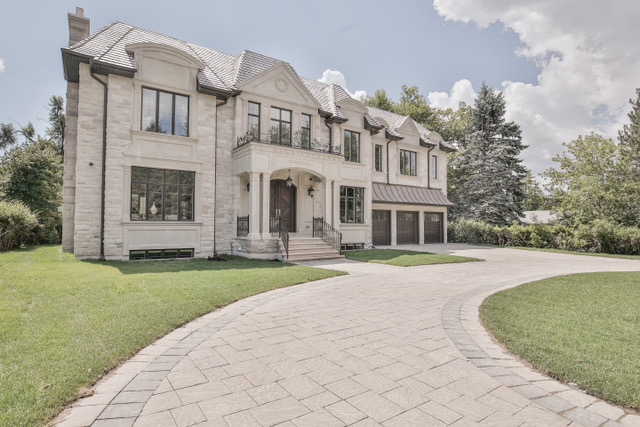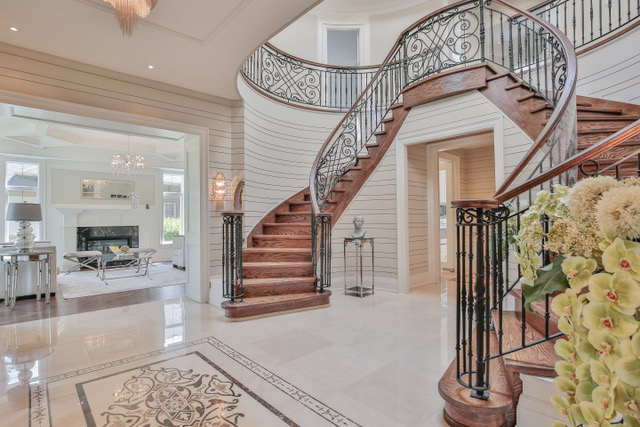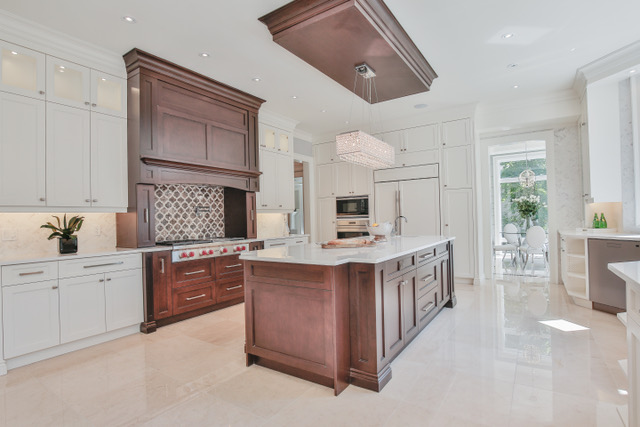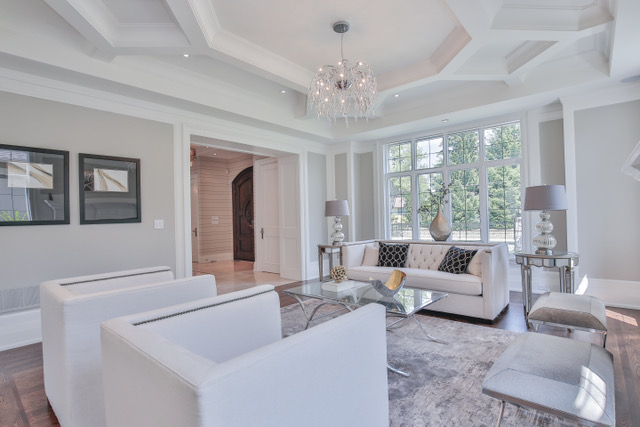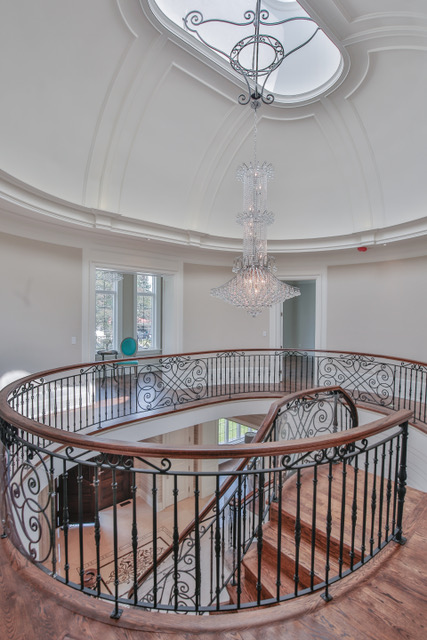After an extensive series of high quality presentations about sustainability in the housing industry at the EnerQuality (EQ) Housing Innovation Forum, a highly talented group of builders took home hardware in recognition of their terrific work.
Corey McBurney, President, EnerQuality, when introducing the EQ Awards said, “Innovation is ideas brought to life. Ideas that change the world. With these awards we celebrate the change-makers – the innovators and leaders who have put their ideas into practice.”
The theme of the Innovation Forum was New, Now, and Next and focused on new thinking, new products, and new techniques for advancing green building performance.
With winners in 16 categories (see below), the Awards Gala saw an evening that combined suspense and waves of applause as the “best of the best” EQ builders were recognized. The loudest applause was for EnerQuality Hall of Fame Award inductee Paul Golini Jr., Co-Founder and Executive Vice President of Empire Communities. Empire Communities is one of Canada’s largest real estate developments companies, having built more than 10,000 new homes and condominiums in Canada and the U.S.A.
New this year was the Impact Award, recognizing a builder’s significant voluntary progress in reducing carbon emissions and outstanding achievements through energy efficiency and sustainability practices. The recipient of the inaugural Impact Award was Mattamy Homes, one of North America’s largest privately-owned home builders.
2016 EQ Award Winners:
Building Innovation – Low Rise
Award winner: Arista Homes – Vaughan, Ontario
Building Innovation – Mid/High Rise Award winner: Times Group – Valleymede Towers, Richmond Hill, Ontario
ENERGY STAR for New Homes Builder of the Year – Small Award winner: Castleform Development Inc. – Toronto, Ontario
ENERGY STAR for New Homes Builder of the Year – Mid Award winner: Mason Homes – Concord, Ontario
ENERGY STAR for New Homes Builder of the Year – Large Award winner: The Minto Group – Toronto and Ottawa, Ontario
Best Green Marketing Campaign Award winner: Great Gulf Homes – Active House Centennial Park, Toronto, Ontario
Green Renovation Project of the Year Award winner: RND Construction – 106 Bayswater, Ottawa, Ontario
Ontario Green Builder of the Year Award winner: Reid’s Heritage Homes – Head Office Cambridge, Ontario
ENERGY STAR Champion of the Year Award winner: Lisa Bergeron, JELD-WEN – Quebec City, Quebec
R-2000 Builder of the Year Award winner: Sloot Construction – Guelph (Arkell), Ontario
Net Zero Home Builder of the Year Award winner: Reid’s Heritage Homes – Head Office Cambridge, Ontario
Evaluator of the Year Award winner: Jack Zhou – Markham, Ontario
Builder Achievement Award Award winner: Doug Tarry – St. Thomas, Ontario
Leader of the Year Award winner: Jennifer Weatherston, Reid’s Heritage Homes – Head Office Cambridge, Ontario
Savings by Design Award winner: Geranium Homes – Markham, Ontario
Impact Award Award winner: Mattamy Homes – Toronto, Ontario
In addition to presentations by leading green building thinkers and doers, there was also the highly competitive and ever-entertaining EQ Innovation Gauntlet (IG). The IG is where an all-star panel of builder “dragons” ask the tough questions to vendors seeking a thumbs-up for new products.
Despite the strong contenders, Eddy Home and their water-monitoring technology were selected by the attendees as having the Most Innovative Product.
Two new awards this year went to industry leaders – the Builder Achievement Award, sponsored by JELD-WEN, went home with Doug Tarry in recognition for his significant contributions through his commitment to continuous learning, passion and leadership.







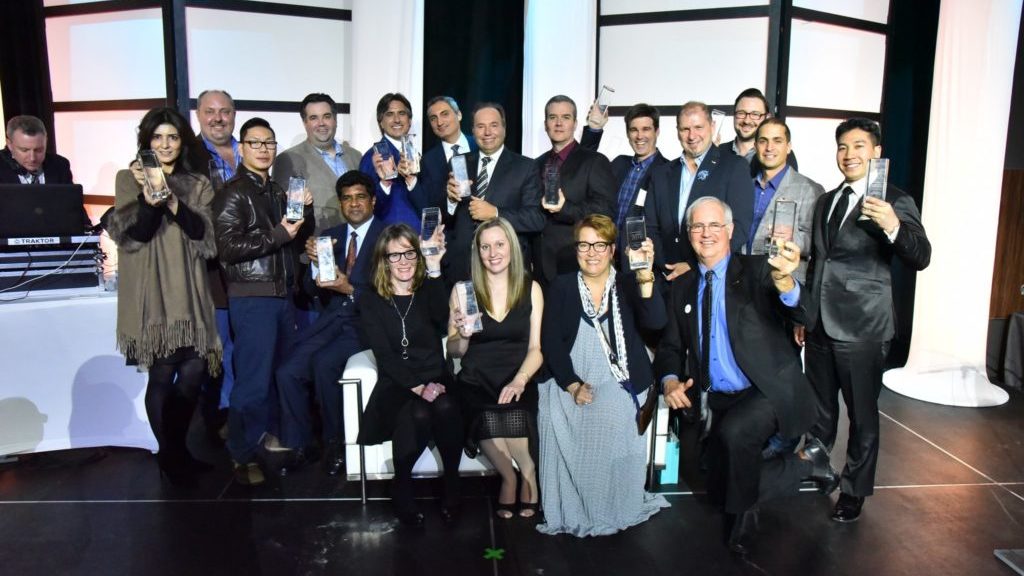
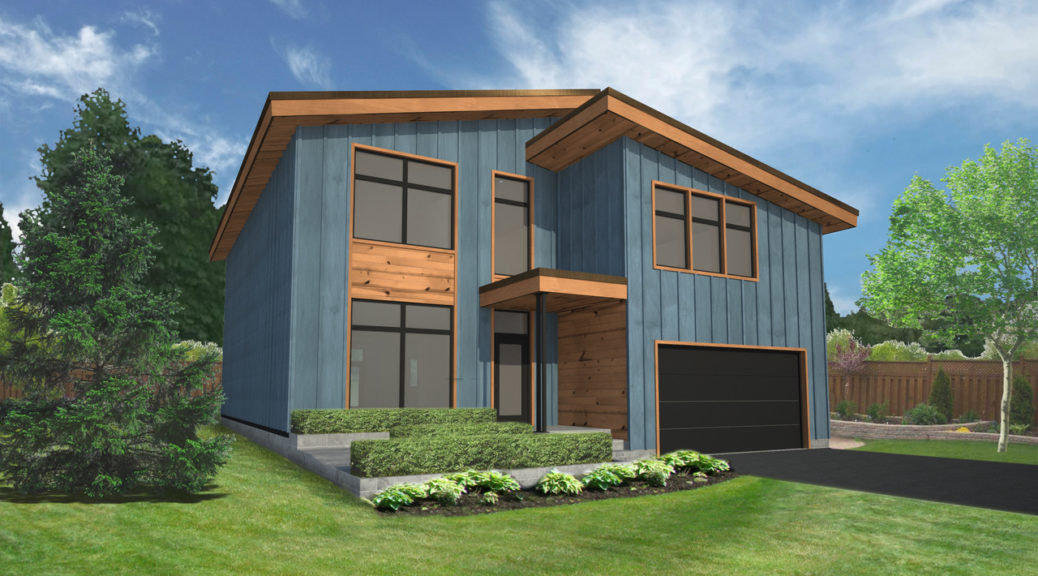
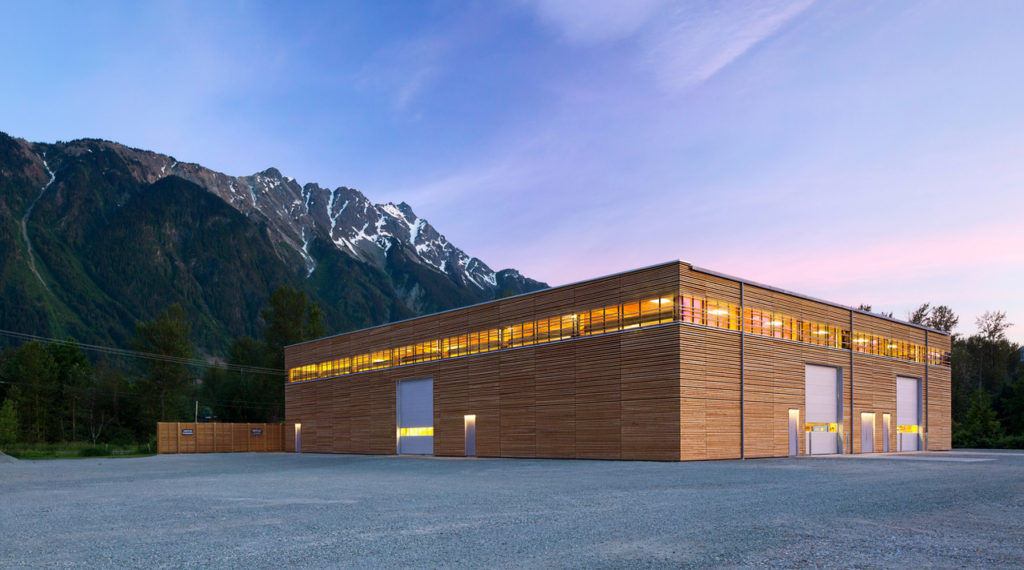

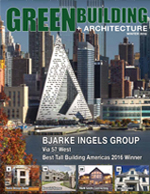
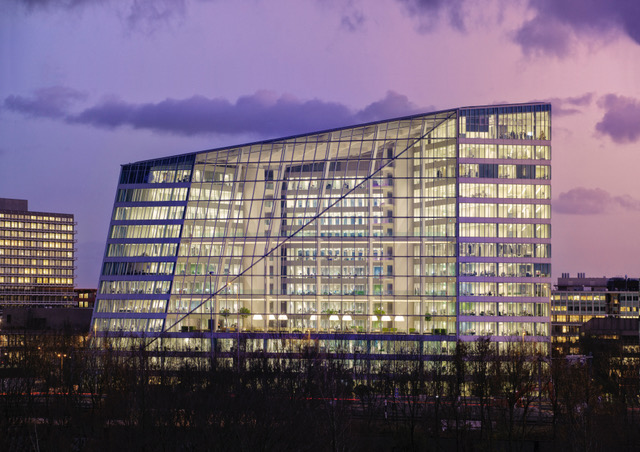
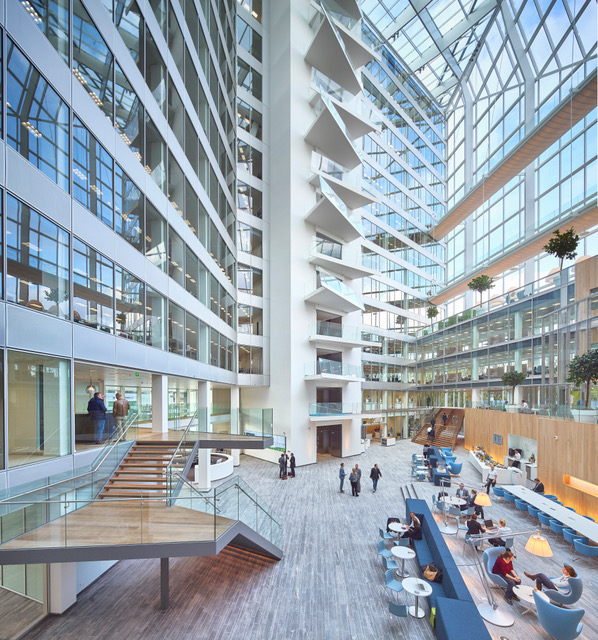
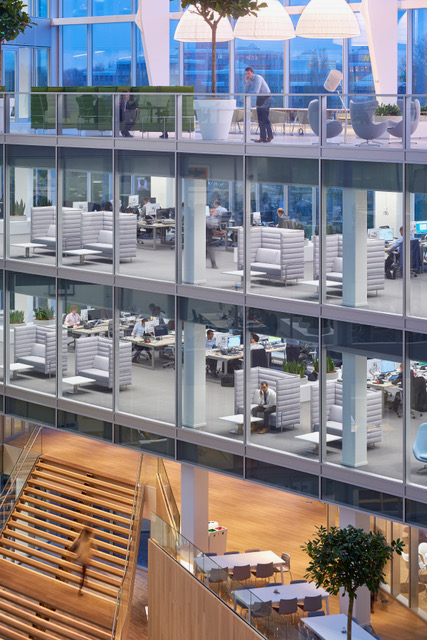
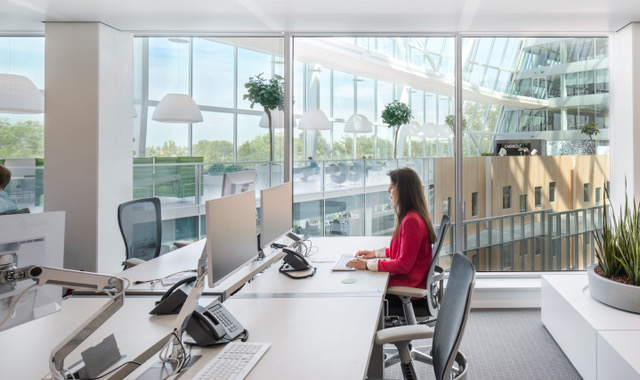

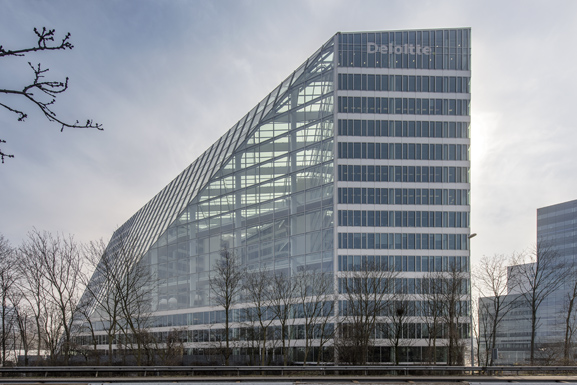
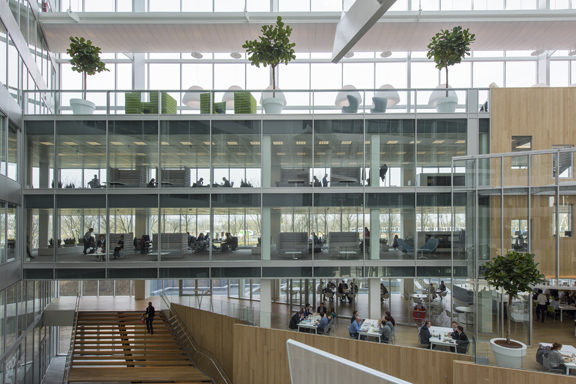
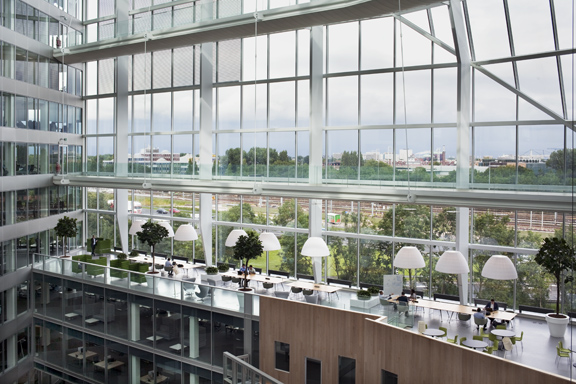


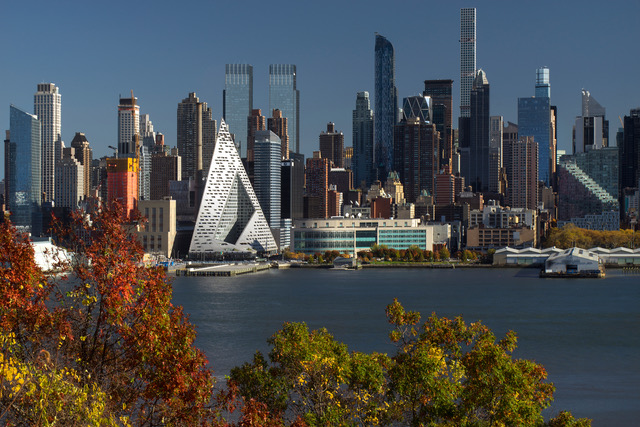
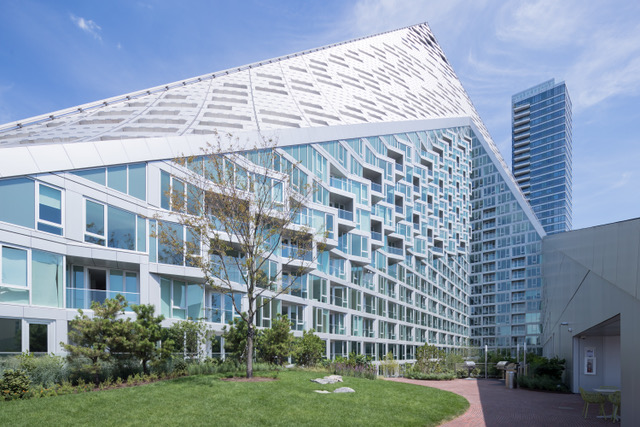
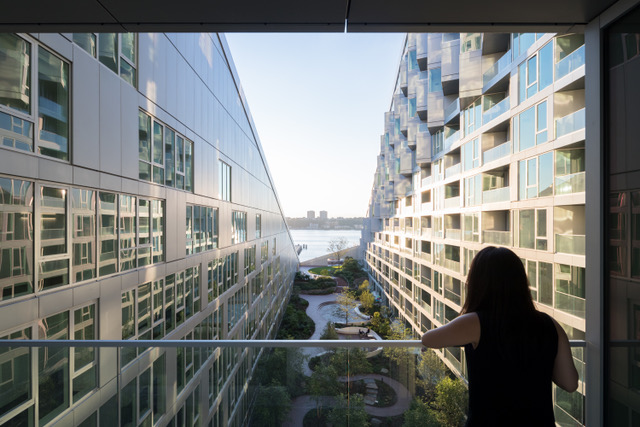
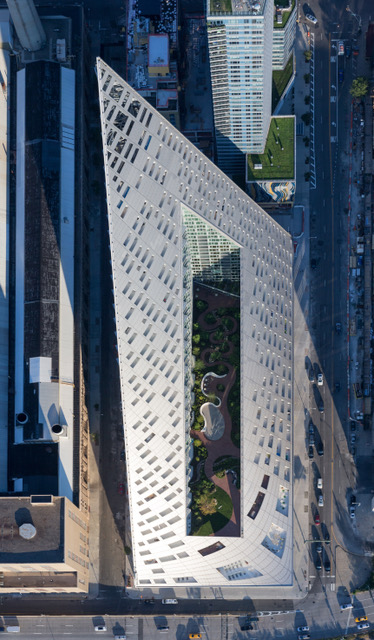
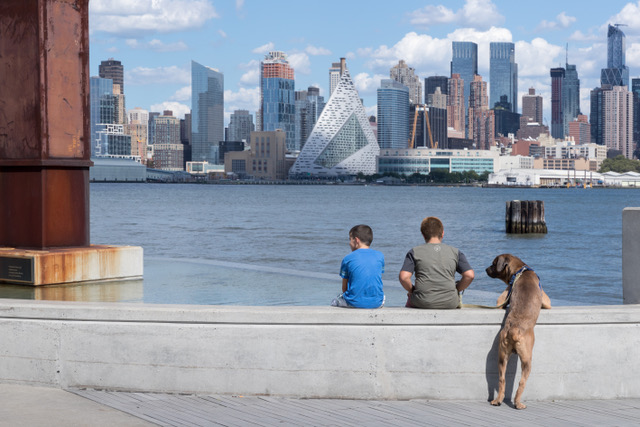
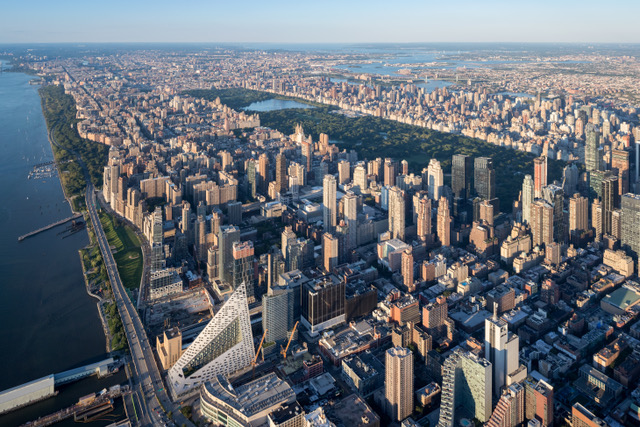
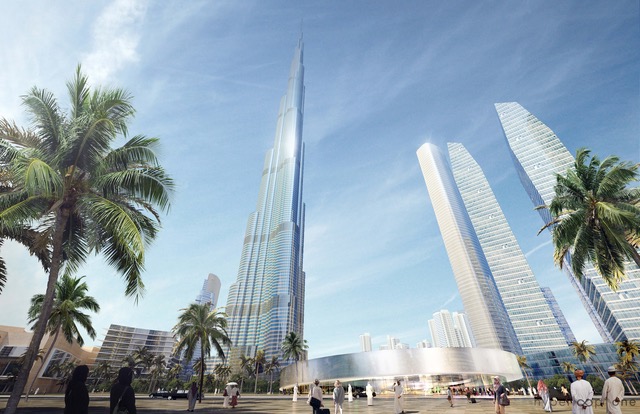
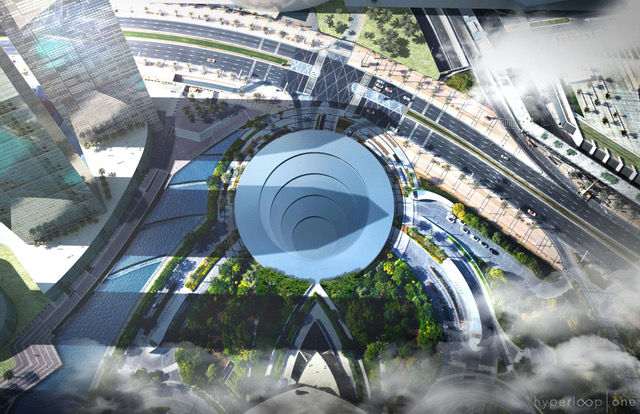
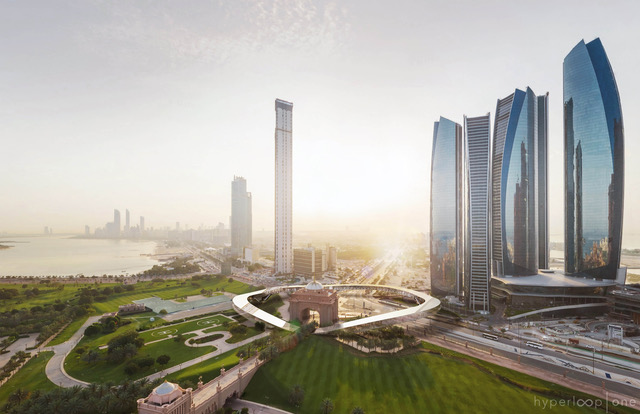
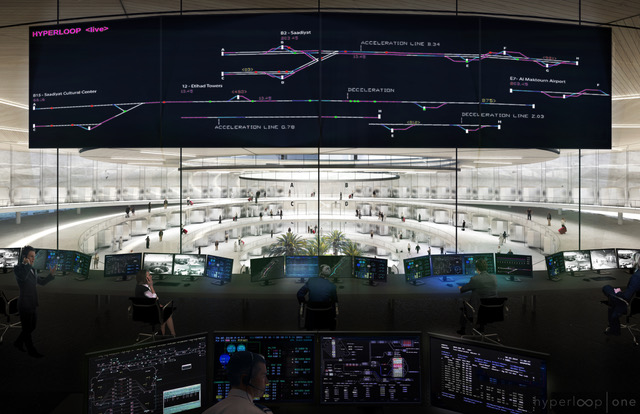
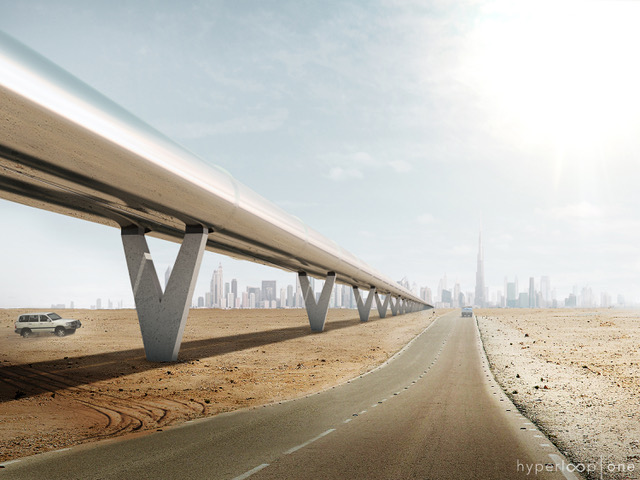
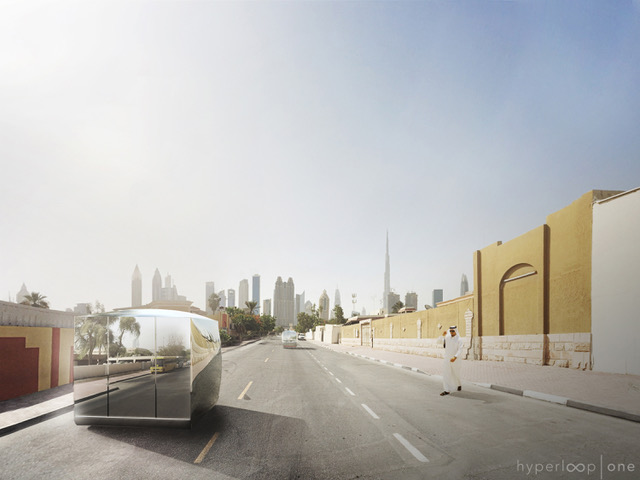
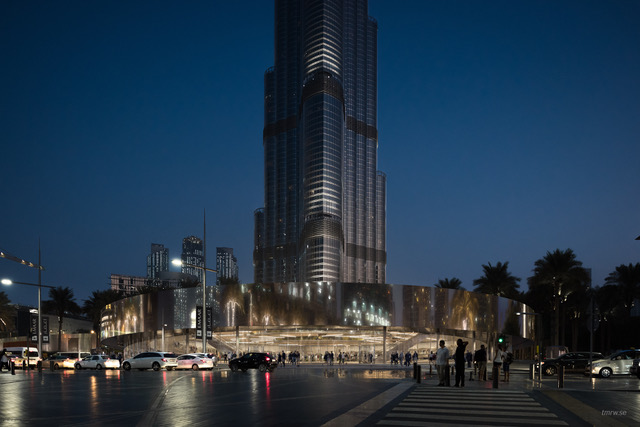
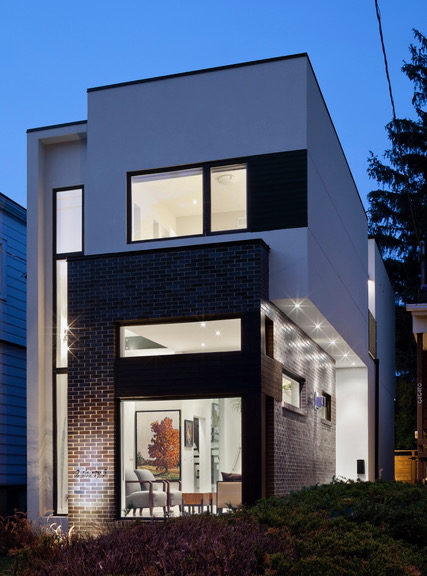
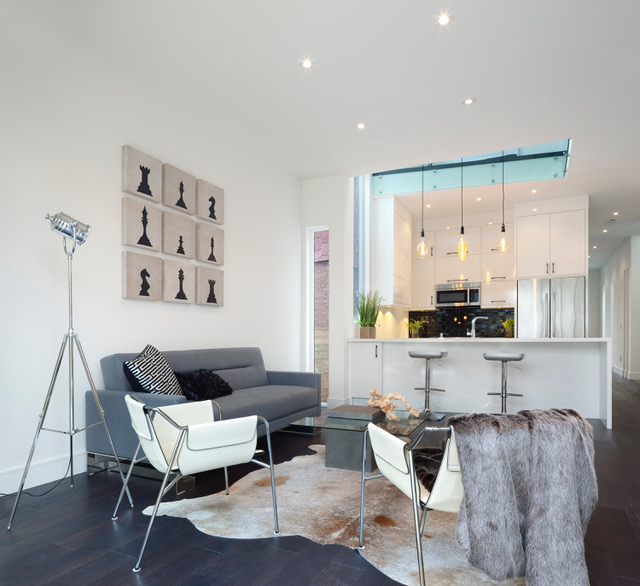
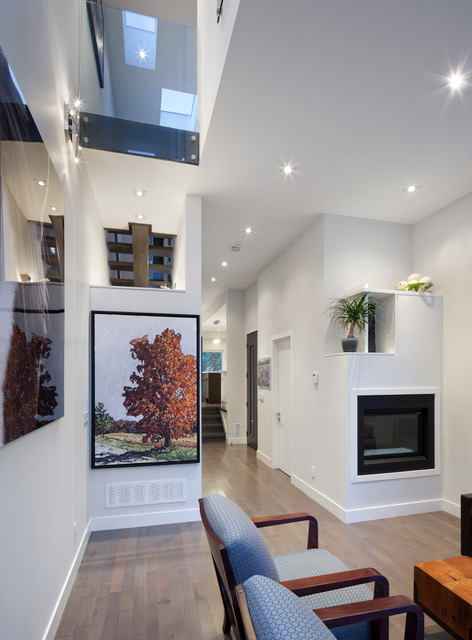
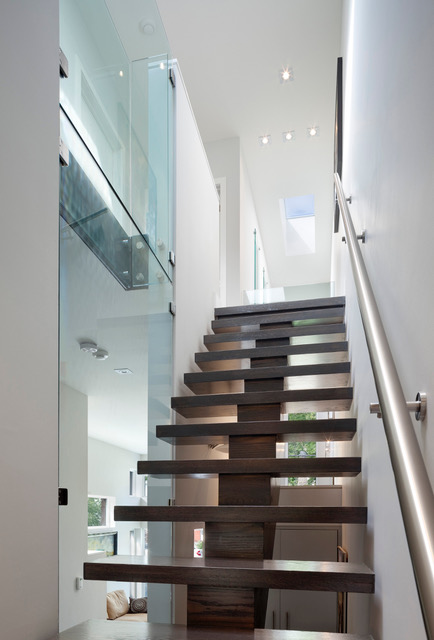
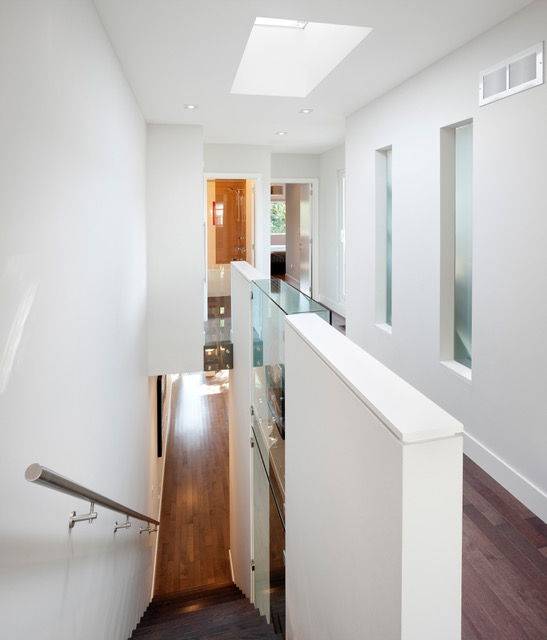
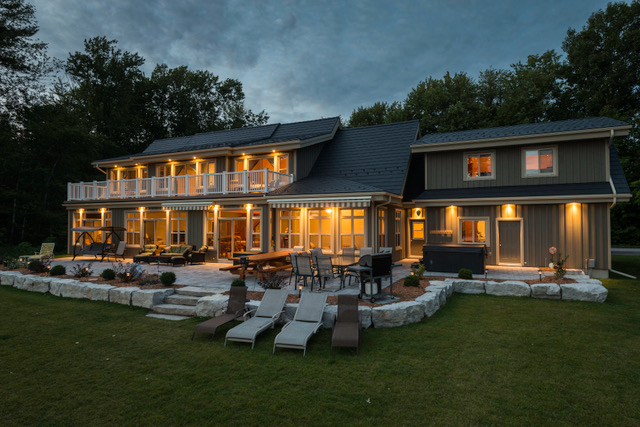
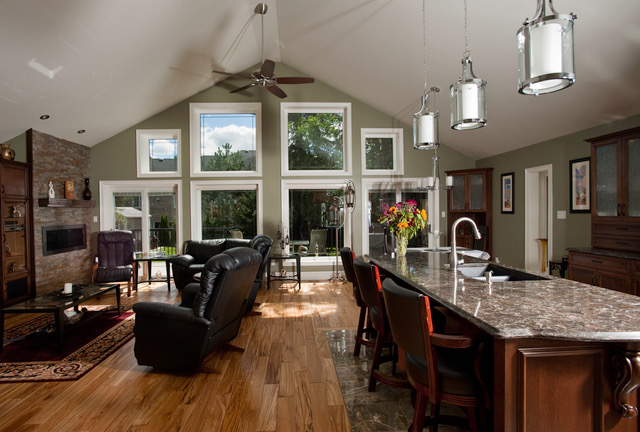 “We are always looking for, and introducing, new and innovative building concepts,” says Randy Smith, President of R&M Smith, a company based in Peterborough, Ontario, and known as one of Kawartha region’s largest custom home builders and renovators.
“We are always looking for, and introducing, new and innovative building concepts,” says Randy Smith, President of R&M Smith, a company based in Peterborough, Ontario, and known as one of Kawartha region’s largest custom home builders and renovators.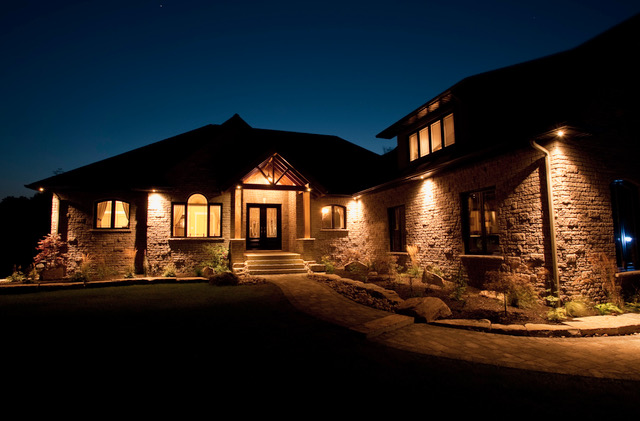
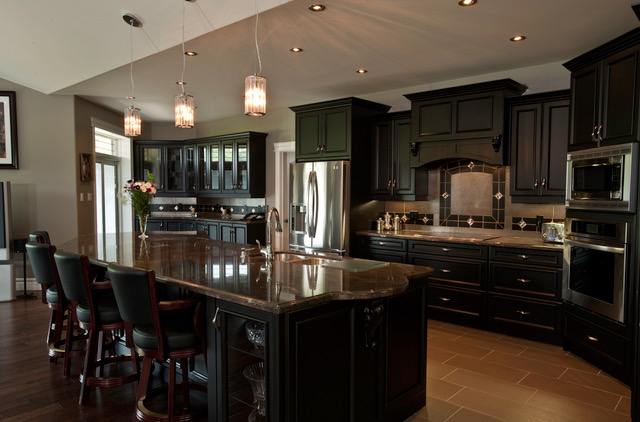 obal leader in the manufacture and supply of residential and commercial roofing products. And insulated concrete forms (ICF) wall systems are also utilized.
obal leader in the manufacture and supply of residential and commercial roofing products. And insulated concrete forms (ICF) wall systems are also utilized.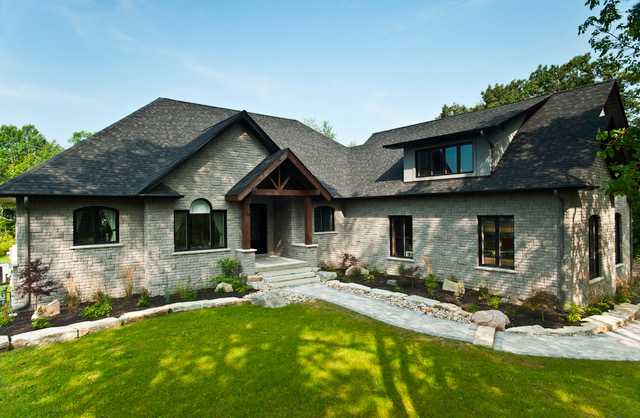
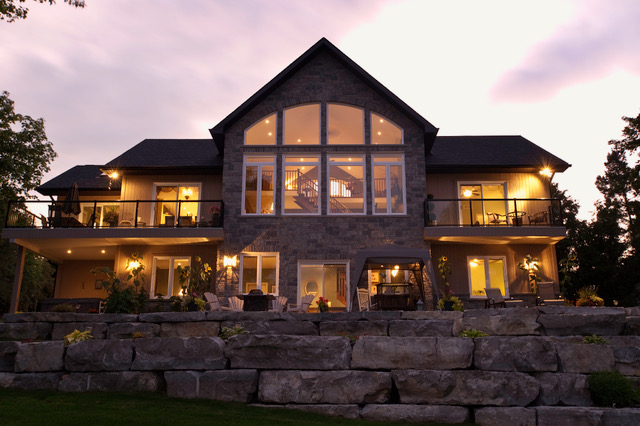 In 2010, R&M was awarded Best ICF Home by the Peterborough & Kawartha’s Home Builder Association, and was first runner-up in the Canadian Home Builders Association’s green technology category. Back even further, in 2004, R&M walked away with an Award of Excellence from Logix, proving that their innovative tendencies have been ingrained for many years.
In 2010, R&M was awarded Best ICF Home by the Peterborough & Kawartha’s Home Builder Association, and was first runner-up in the Canadian Home Builders Association’s green technology category. Back even further, in 2004, R&M walked away with an Award of Excellence from Logix, proving that their innovative tendencies have been ingrained for many years.